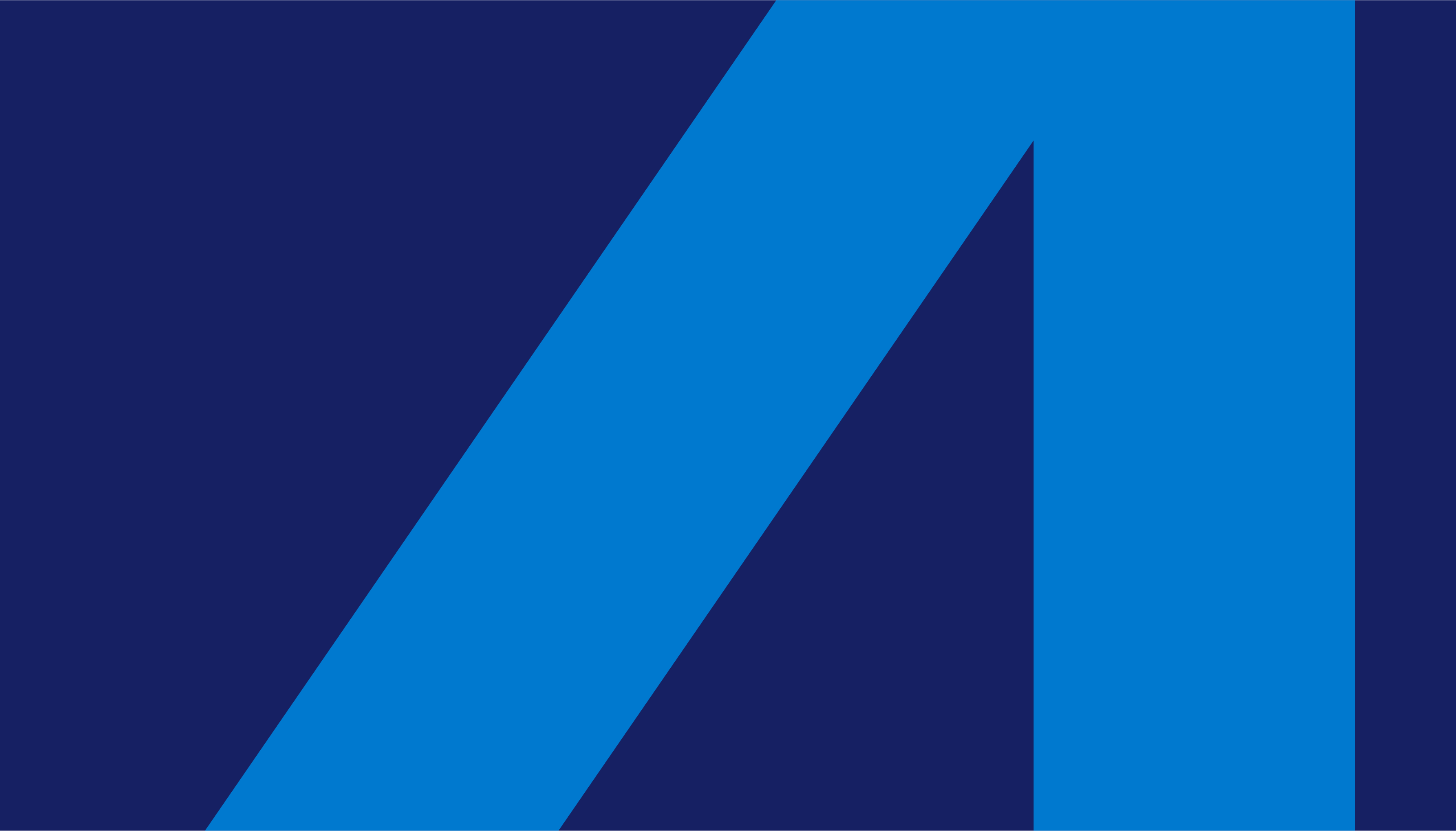Blog
Managing corruption risks when partnering with multilateral organisations

U4 works with a range of bilateral donors to ensure that corruption risk management in their own direct aid programmes is robust, rigorous, and keeps up with evolving risks. No system is perfect, but bilateral donors tend to have a good degree of confidence that their own direct spending and disbursements are at low risk from corruption. It is important that they do, since they must ensure that aid has maximal impact, and also account for billions of aid euros to their own parliaments and taxpayers.
However, most bilateral donors also disburse a large part of their national aid budget through multilateral organisations (UN agencies, African Union, etc.) and, in effect, discharge responsibility for managing risk to these partners, and on to these partners’ own downstream partners.
How robust are these systems?
That is the question that our donor Partners asked U4, and in 2022 we organised a workshop with bilateral donors in eastern Africa on how to manage corruption risks when working with multilateral organisations. Following some background research, and valuable inputs and exchanges during the workshop, here are some thoughts.
Do multilateral organisations talk about fraud or corruption?
Each multilateral organisation relies on its own anti-fraud and anti-corruption policies, with clear procedures to identify and manage related risks, and a focus on both preventing and responding to corruption.
However, internal risk management strategies appear to be rather ‘fraud centric’. While fraud focuses more on the individual level (eg, embezzlement), corruption requires collusion with another person or organisation.
Accordingly, multilateral organisations are often good at identifying several types of fraud perpetrated by individuals (eg, inflated invoices), particularly in supply chains. However, by focusing more on fraud than corruption, multilaterals may be overlooking more ‘systemic’ practices such as nepotism (using authority to favour kin) or conflicts of interests (when private interests improperly influence the performance of entrusted responsibilities). Political economy analysis can help to contextualise all forms of risk assessment along value chains, using sector- and context-specific research. Clearly this can raise sensitivities, particularly with government partners.
Getting beyond ‘zero tolerance’
Some bilateral donor agencies take a zero tolerance approach to corruption. We could call this a ‘dogmatic’ approach: corruption cannot take place at all. For example, even small amounts of misused funds must be repaid. Such an approach is admirable in its aims but risks creating a taboo around corruption. By contrast, multilateral organisations often take a ‘pragmatic’ approach: when corruption is detected and proved, action must be taken.
These different interpretations can have real implications. At the workshop participants mentioned that multilateral organisations may fear scaring donors away from projects with a high corruption profile, and so may be tempted to downgrade the magnitude of those corruption risks. As a consequence, projects can develop without adequate resources or competencies to face such risks. Implementing partners can be directly affected by these shortfalls.
U4 has advocated a scaled approach, which in simple terms means distinguishing acceptable risks – low impact and low probability – from those that should generate a mitigation response. This could help donors to overcome the many challenges related to a zero tolerance policy (eg, by reducing disincentives to report malpractices).
Multilateral organisations face high corruption risks
For donors, multilateral organisations may appear as efficient and safe funding mechanisms, with low corruption risks. Yet, multilateral organisations are exposed to high risks, particularly because of their dependence on third parties (suppliers and implementing partners) for programme delivery. The risks are greater when operations are set in fragile environments and remote project sites.
Responsibility for monitoring and mitigating such high-rated risks tend to be transferred to field offices. However, expertise for risk management is most often located at the HQ (global) or regional level. Therefore, a complex – and sometimes ineffective – web of relationships is created between HQ, regional and country offices, and equivalent offices of donors and project implementers.
Multilateral organisations vary in terms of their priorities, aid disbursement modalities and organisational structure. They have a similarly wide variety of risk management strategies, as demonstrated by the Multilateral Organisation Performance Assessment Network (MOPAN). MOPAN assessments show that most multilaterals do have policies and procedures in place to prevent, detect, investigate and sanction cases of corruption. However, according to a 2016 UN report “in most cases, the existing controls, accountability and management arrangements do not match the high risk of fraud and corruption”.
Moreover, cases of retaliation against whistleblowers within UN agencies seem likely to deter anti-corruption voices.
Figure 1: MOPAN assessments of six multinational organisations
| Indicators | UNWOMEN (2018) |
UNDP (2020) |
UNIDO (2019) |
Global Fund (2021) | OCHA (2021) |
IOM (2018) |
| Transparent decision-making | Unsatisfactory (2) |
Unsatisfactory (2) |
Unsatisfactory (2) |
Highly satisfactory (4) |
Satisfactory (3) |
Satisfactory (2.5) |
| External audit | Highly satisfactory (3.83) | Highly satisfactory (4) |
Satisfactory (3.2) |
Highly satisfactory (3.75) |
Highly satisfactory (4) |
Highly satisfactory (3.3) |
| Internal control mechanisms | Highly satisfactory (3.17) | Highly satisfactory (4) |
Unsatisfactory (2.3) |
Satisfactory (3.4) |
Satisfactory (3) |
Highly satisfactory (3.3) |
| Policies and procedures to prevent, detect, investigate and sanction cases of fraud, corruption and other financial irregularities | Highly satisfactory (3.83) | Highly satisfactory (3.7) |
Satisfactory (2.6) |
Satisfactory (3.5) |
Satisfactory (3.3) |
Satisfactory (3) |
| Risk management strategies to identify, mitigate, monitor and report risks | Unsatisfactory (2) |
Satisfactory (3.2) |
Unsatisfactory (2.2) |
Satisfactory (2.6) |
Unsatisfactory (2) |
Highly unsatisfactory (1) |
| Accountability to beneficiaries implemented | Highly unsatisfactory (1) |
Unsatisfactory (2.4) |
Unsatisfactory (2.3) |
Satisfactory (2.6) |
Highly satisfactory (3.6) |
Unsatisfactory (1.5) |
| Monitoring systems in response to strategic priorities | Satisfactory (2.7) |
Unsatisfactory (2.4) |
Unsatisfactory (2) |
Unsatisfactory (2.2) |
Unsatisfactory (1.75) |
Unsatisfactory (1.29) |
| Quality of evaluations | Satisfactory (3) |
Satisfactory (3) |
Highly satisfactory (3.6) |
Satisfactory (2.6) |
Satisfactory (2.8) |
Unsatisfactory (2) |
Six multinational organisations have been selected at random by the author to show indicators relating to corruption risk management. 1 is the worst score; 5 is the best score. The reds and yellows show areas of concern, including accountability, monitoring, risk management and transparency.
The challenge of ensuring transparency on corruption
There is a growing trend towards transparency among multilateral organisations at the global level, in particular UN agencies. Some UN agencies (eg, UNFPA) now publish aggregated information about corruption cases as well as information about audit and oversight activities (see for instance the evaluations from the UN Office of Internal Oversight Services).
However, information is not disaggregated by country, nor is it routinely shared with donors at the country level. Country offices of multilateral organisations tend to be more constrained on the type of information they can share. For example, communication is often managed from HQ, and can be restricted by policies and procedures, especially those that exist to protect stakeholders.
Information sharing can also be affected by long administrative processes. From interviews with senior officers at the African Union and the Intergovernmental Authority on Development (IGAD), we learned that it can take 6 to 24 months to complete a corruption investigation in the African Union system, and up to six years in IGAD. Once an investigation is concluded, oversight and follow-up procedures take place. By that time, the development project can be over, and perpetrators may have already changed the name of their organisation and be gone with the funds. For this reason, penalties for wrongdoing (such as debarment) are unlikely to deter corrupt actors.
Next steps
- Adopting a scaled approach towards corruption would require donors and multilateral organisations to be more open about real corruption risks and cases – and about sharing those risks.
- A more comprehensive approach towards corruption – moving beyond ‘fraud-centric’ management – would require multilateral organisations to give more importance to political economy analysis and improving whistleblower protection.
- A good practice for multilateral organisations would be to share regular updates on malpractices with donors’ country offices. It would demonstrate that corruption is taken seriously and it would increase the possibility for joint responses with donors.
Disclaimer
All views in this text are the author(s)’, and may differ from the U4 partner agencies’ policies.
This work is licenced under a Creative Commons Attribution-NonCommercial-NoDerivatives 4.0 International licence (CC BY-NC-ND 4.0)

